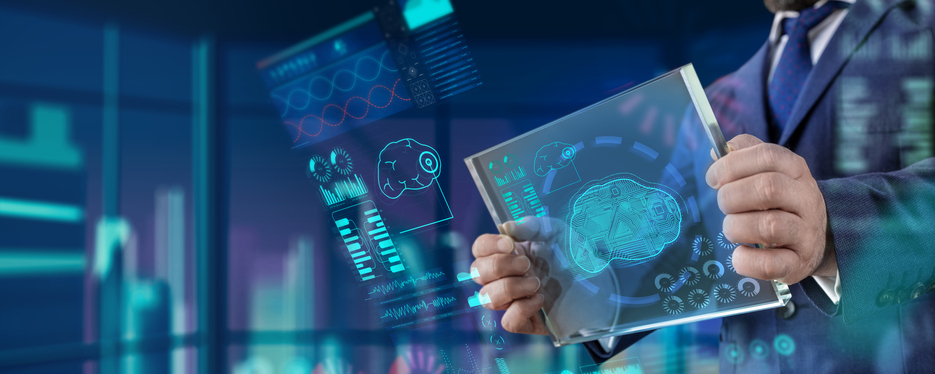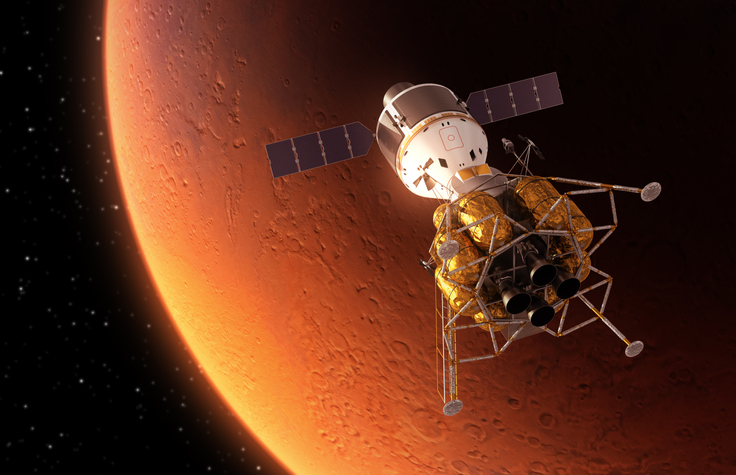Dental diseases like tooth decay, dental plaque, or periodontal infections affect more than half of the world’s population. But with screening and treatment costs on the rise, consumers are seeking solutions that can identify dental problems early. Using the Internet of Things (IoT) and Artificial Intelligence (AI), a team in Shanghai, China created a smart home-based platform and device that can detect and analyze up to seven different dental diseases, alerting users to potential problems early on.
The new solution is more than 90% accurate in diagnosing common dental conditions. Leveraging embedded intelligent hardware, AI and, a mobile terminal interface, the self-assisted and fully automatic dental solution provides consumers with several tools to make more informed decisions about their dental health. This includes online dental health resources, a self-service smart dental screening, and a platform to communicate with a dentist about care needs.
According to Lizheng Liu, a researcher at Fudan University in China, the smart dental Health-IoT platform is designed to mimic, but not replace, the functions of a typical trip to the dentist, from pre-examination of a dental disease to evaluations and classification. Not only does the system improve the patient experience, but it also fosters a better and more effective relationship between the patient and dentist.
So how does the system work?
As illustrated in Figure 1, the network architecture of the iHome dental health-IoT system is comprised of three layers: a dental medical service, a smart dental service, and a dental image data acquisition layer.
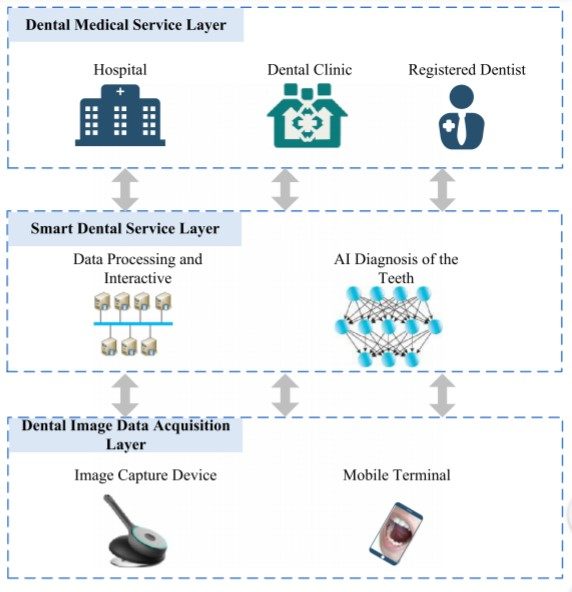
Figure 1: The network architecture of the iHome Dental Health-IoT system
The dental medical service layer connects consumers directly with professional medical facilities such as hospitals, dental clinics and registered dentists. It’s here where patients can seek out experts, interact with doctors and track the effectiveness of their treatment plans. Doctors or dentists can also use this channel to monitor patient progress and build more positive relationships for rehabilitation and self-care.
As for layer two, this is where data processing through AI comes into play to analyze and diagnose dental problems, and recommend where patients can seek treatment, if needed. The smart dental service layer also serves as the core level of the iHome solution.
The third and final level is the dental image data acquisition layer that is comprised of imaging devices and a mobile terminal or application. As the base of the solution, this layer allows consumers to upload dental images through a WiFi or 3G/4G network to the smart dental service layer for processing, diagnosis, and treatment.
Figure 2 outlines the entire service flow of the Dental Health-IoT system, from image capturing and AI analysis to recommended doctors and medical care. This is divided into three parts: client, service platform, and doctor.
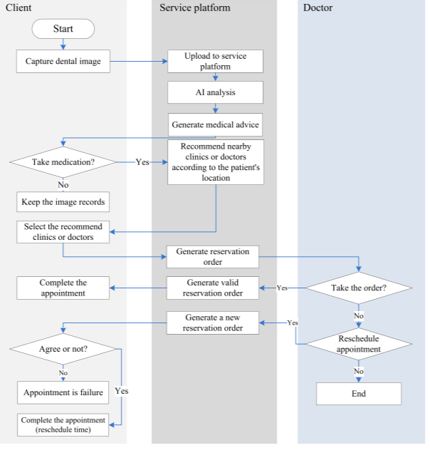
Figure 2: The entire service flow of the intelligent dental Health-IoT solution
The key component of this solution lies in the AI detection system that can capture teeth imaging, enhance image and color texture, and classify and locate the seven most common dental diseases: dental caries, dental uorosis, periodontal disease, cracked tooth, dental calculus, dental plaque, and tooth loss. The capabilities of the AI solution are shown in Figure 3.
“Due to the peculiarity of oral structures, general image acquisition equipment, such as a smartphone, can’t meet the image data collection requirement of 6 surfaces of teeth” said Lizheng. The image capturing device is designed to solve this problem as it can be inserted in a user’s mouth to collect images of the teeth that can be uploaded to the platform.
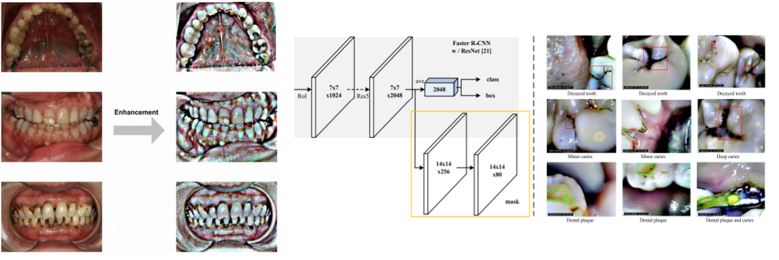
Figure 3: Dental enhancement and detection capabilities of the solution
While the team’s solution doesn’t replace trips to the dentist, it does create a more connected and convenient healthcare platform where patients can proactively prevent oral decay, detect and diagnose symptoms remotely, and seek out professional help if needed – all at a low cost.
According to Lizheng, this is just the first wave of solutions aimed at improving dental health for patients. As connected devices continue to gain traction in the healthcare space, upgrades and enhancements will be possible. As a next step, the team is working to upgrade the AI algorithm of their iHome solution to provide better diagnostic results for consumers.
For more information on IoT and artificial intelligence, visit the IEEE Xplore digital library.


